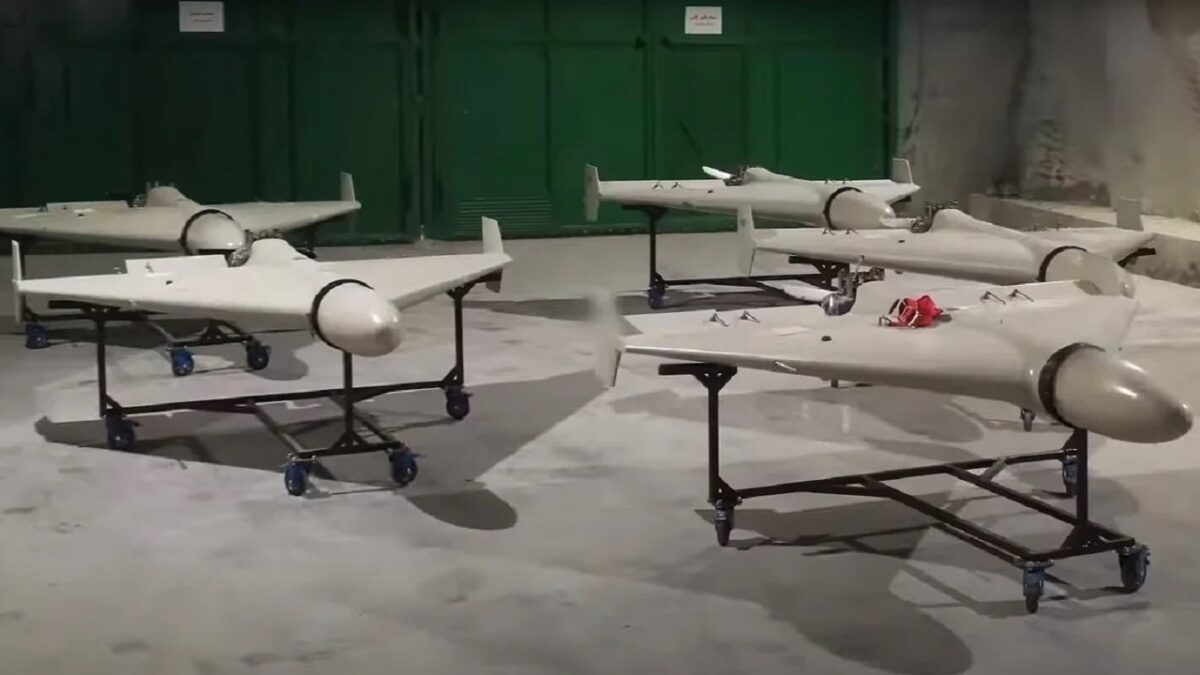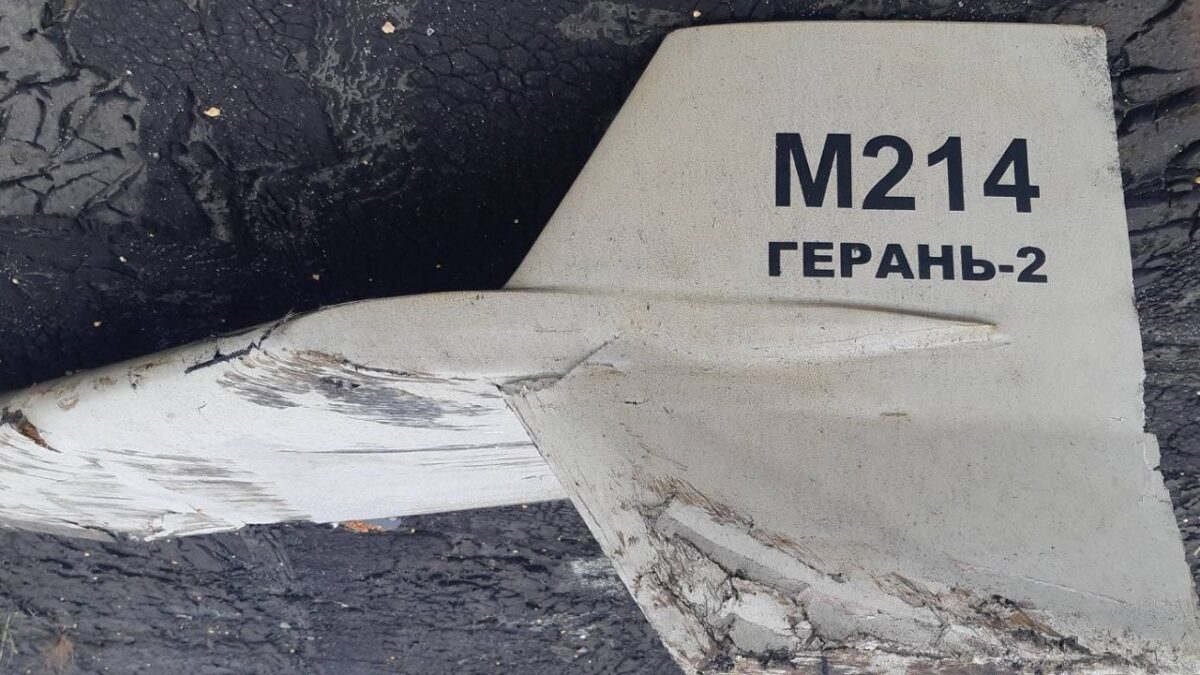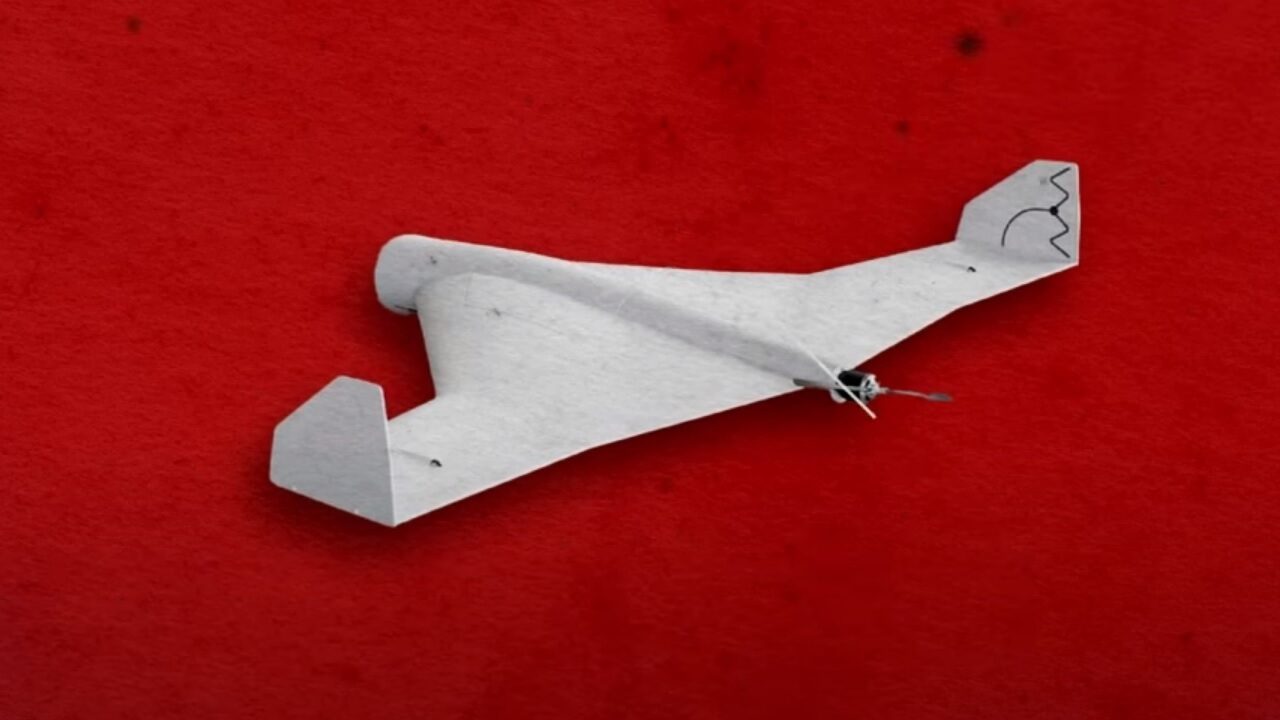Iranian-made drones that Russian forces are using to wage war in Ukraine and terrorize its civilians consist of parts made in the US, Europe, and Asia, Ukrainian investigators have found.

Shahed-136. Image Credit: Screenshot.

Shahed-136. Image Credit: Social Media.
Ukrainian investigators have managed to inspect drones shot down by Kyiv’s military, and inside, they’ve found Western-made hardware pieces that steer, guide, and power the killer drones, the Wall Street Journal reported Friday, citing an analysis.
It’s not immediately clear where the parts came from exactly, though investigators noted some parts could be traced to American companies, at least one of which told the Journal they are investigating reports their components ended up in these weapons.
Weapons experts told The Wall Street Journal that Iran has been able to reverse engineer and pull pieces from downed and captured drones from countries like the US and Israel. It’s unclear if that explains the presence of Western components in the drones though.
Iranian-made drones used by Russian forces include the Shahed-136, Shahed-129, Shahed-191, and Qods Mohajer-6.
The Shahed-136 drone has emerged in recent weeks as a weapon of choice for Russian President Vladimir Putin’s troops, who have used the systems to attack and terrorize Ukrainian cities far from the war’s front lines as they continue to suffer setbacks on the battlefield.
Although it can fly around like a normal unmanned aerial vehicle, the Shahed-136 is actually a long-range loitering munition — meaning it can linger around an area before engaging a target. The small systems are packed with explosives and can be directed at a specific target, before flying into it and detonating upon impact. Because of this, people often refer to the weapons as suicide or kamikaze drones.
Both Russia and Iran have denied the use of Shahed-136 drones in Ukraine, despite accusations and evidence from Western governments and their intelligence agencies. Earlier in October, US officials confirmed that Russian officials previously traveled to Iran so they could learn how to use the explosive suicide drones, and more recently, Iranian military personnel visited the occupied Crimean peninsula to help Russian troops operate the weapons.
“Today, I received a call from Iranian Foreign Minister Hossein Amir Abdollahian, during which I demanded Iran to immediately cease the flow of weapons to Russia used to kill civilians and destroy critical infrastructure in Ukraine,” Ukrainian Foreign Minister Dmytro Kuleba said Friday.
Speaking next to a downed Shahed-136 drone, Ukrainian President Volodymyr Zelenskyy said on Friday that his forces managed to neutralize 23 of the more than 30 drones that were fired by Russian forces over the last two days. In a separate photo published to Ukraine’s presidential website, the Shahed-136 appeared to have damage to both its wings.
“Together, we will certainly clip the wings of all metal monsters, no matter how many of them and from where they fly in the direction of Ukraine,” Zelenskyy said. “Enemy planes will fall. Enemy helicopters will fall. “Shaheds” will fall. It is only the Ukrainian people who will not fall!”
To help Ukraine counter the explosive suicide drones, as well as other unmanned aerial vehicles, NATO Secretary General Jens Stoltenberg announced last week that the military alliance would send “hundreds” of signal-jammers to the eastern European country.
Stoltenberg’s announcement of NATO assistance came after the US and some of its allies said they were moving to provide Ukraine with much-sought-after air defense systems.
Jake Epstein is a Junior Breaking News Reporter on the Speed Desk, based in Boston. He focuses on military, defense, and security issues. Prior, he worked at The Times of Israel, freelanced in the Boston area, and interned at CBS Boston. He graduated from Lehigh University with a degree in journalism and international relations in May 2020. At Lehigh, he was the editor in chief of the independent student newspaper The Brown and White. This first appeared in Insider.

